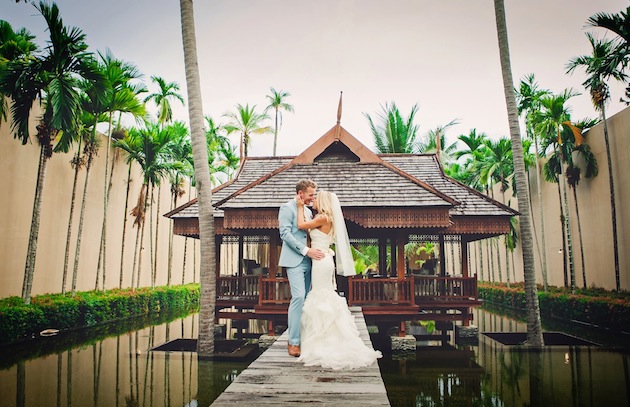Islam is the state religion of Malaysia and a majority of Malaysians (61%) follow the Muslim faith. It is believed that Islam arrived in Malaysia during the 12th century, when traders from the Middle East stopped here en route to China. Ramadan or the Muslim holy month of fasting and the celebration of Hari Raya Pausa or Hari Raya Aidil Fitri(known around the world as Eid al-Fitr) are thus prominent events on the country’s annual festival calendar.
Ramadan is traditionally said to occur during the nine month of the Islamic calendar, but since this calendar is governed by movements of the moon, the dates for Ramadan vary every year. The sighting of the new moon at the sunset hour or “rukyah” signals the start of Ramadan. In Malaysia, this year Ramadan started on Wednesday, 10th July and will continue until the sighting of the next new moon, believed to be on Wednesday, August 7th.
Fasting during Ramadan is considered to be one of the Five Pillars of Islam. Muslims in Malaysia and elsewhere are not allowed to eat, drink or have sex, from the time of morning prayers (Fajr) typically conducted at dawn, until the evening prayers (Maghrib) at sunset. The daily Ramadan fast typically starts after the consumption of an early morning meal (Sahur) and ends with iftar feast. In Malaysia, this evening meal is referred to as "berbuka puasa” which translates as ‘to open the fast’.
In Malaysia, this basic act of fasting, involves considerable effort, given the year round, hot and humid climate which prevails and makes the act of going without food and drink all day very challenging. Non-Muslims in Malaysia are in fact asked to sensitive towards fasting Muslims during this time. Also Muslim eateries are usually shut until the mid-afternoon during Ramadan, though other restaurants and various other food and beverage outlets do remain open for business during Ramadan.
The act of Ramadan is expected to remind people of their less fortunate brethren. In Malaysia, Ramadan also features much togetherness with friends and family, especially during the time of iftar or breaking of the fast. Here the iftar meal is usually had at one of the country’s many animated Ramadan bazaars (pasar Ramadan). Most towns and cities in Malaysia host these vibrant Ramadan bazaars featuring myriad stalls offering sweet and savory eats, clothing, religious items, festive cookies, Iranian dates and more. Muslims as well as non-Muslims flock to these specially erected bazaars, which tend to open for business just before the evening prayers (Maghrib).
If you are visiting Malaysia, during Ramadan, you must try and sample the many foods offered at these bazaars. On offer at these bazaars are many traditional Malay dishes like Nasi Lemak(coconut rice), Ikan Bakar(spicy grilled fish), Ayam Golek(grilled chicken) and more, along with traditional coconut based deserts like ondeh-ondeh, kuih lapis and others. Also on offer are halal Indian and Chinese cuisines and even Italian and Mexican cuisines.
These Ramadan Bazaars are quite similar in character to the annual Christmas Markets of Europe and can be experienced in all major tourist hubs in Malaysia. In Kuala Lumpur, the Ramadan Bazaar experience can be had at the Shah Alam Stadium Bazaar or the Jalan Tunku Abdual Rahman Bazaar amongst many others. If you are visiting Penang, then the Ramadhan Bazaars on Jalan Makloom or Teluk Kumbar are recommended as a must-visit.
The celebration of Hari Raya marks the end of Ramadan in Malaysia. Hari Raya is the biggest public holiday in Malaysia and typically extends over two days. The holiday like most other celebratory events, features much feasting and enjoyment with family and friends. Gift-exchanging and the wearing of new clothes are other prominent features of the holiday, so much so that stores and malls around Malaysia host special sales and other events running up to Hari Raya.
Visiting Malaysia, during Ramadan offers visitors a chance to view the country’s indigenous culture and traditions at close quarters.




